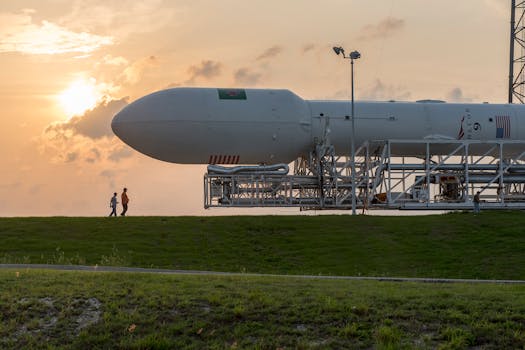In the late 2010s, 5G was heralded as the next big leap in telecommunications—a revolutionary technology promising lightning-fast speeds, ultra-low latency, and the ability to connect everything from self-driving cars to smart cities. Telecom giants, governments, and tech enthusiasts alike poured billions into its development and rollout, betting on a future where 5G would transform industries and daily life. Yet, as we sit in 2025, the reality has fallen far short of the hype. A recent Bloomberg explainer titled “Why 5G Is an Expensive Flop” dives into the reasons behind this shortfall, and the story is one of overpromising, underdelivering, and a classic case of misaligned expectations.
The Promise of 5G: A Tech Utopia That Never Arrived
When 5G was first pitched, it wasn’t just about faster phone downloads—though that was a big selling point. The vision was grander: a network capable of supporting millions of devices per square kilometer, enabling innovations like remote surgeries, autonomous vehicles, and an Internet of Things (IoT) that would seamlessly integrate our physical and digital worlds. Telecom companies spent astronomical sums—over $1 trillion globally by some estimates—on spectrum auctions, infrastructure, and marketing to make this dream a reality.
Consumers were told to expect a step-change from 4G. Carriers like Verizon and AT&T rolled out splashy ad campaigns, and device makers rushed 5G-compatible phones to market. But for the average user today, the experience is underwhelming. Download speeds are often only marginally better than 4G in real-world conditions, and the futuristic applications remain largely theoretical. So, what went wrong?
The Costly Rollout: Billions Spent, Limited Reach
One of the biggest hurdles has been the sheer expense and complexity of deploying 5G. Unlike 4G, which operates on lower-frequency bands with wide coverage, 5G relies heavily on millimeter-wave (mmWave) spectrum for its highest speeds. The catch? These high-frequency waves have a shorter range and struggle to penetrate walls, trees, or even rain. To compensate, telecoms have had to install countless small cells—mini base stations—across cities, a process that’s both costly and logistically nightmarish.
In rural areas, the situation is even bleaker. The economics simply don’t pencil out for providers to extend 5G infrastructure to sparsely populated regions, leaving millions with little to no access. As Bloomberg notes, this uneven rollout has created a stark digital divide, undermining the promise of universal connectivity. For all the billions spent, 5G’s footprint remains patchy, and the return on investment for telecoms has been dismal.
Consumer Apathy: Do We Even Need It?
Perhaps the most damning critique of 5G is that, for most people, it’s a solution in search of a problem. Sure, streaming 4K video on your phone is nice, but 4G already handles that well enough for the average user. The killer apps—think autonomous fleets or smart factories—require not just 5G but a whole ecosystem of supporting tech that’s still years away from maturity. Without compelling use cases, consumers haven’t rushed to upgrade their plans or devices, leaving carriers with expensive networks and not enough demand to justify them.
This lack of enthusiasm is reflected in adoption rates. While 5G phone sales have grown, many users don’t even enable the feature, either because they don’t notice a difference or because it drains battery life faster. Telecoms bet big on consumer excitement, but the excitement never materialized.
Geopolitical and Health Headwinds
The 5G saga hasn’t unfolded in a vacuum. Geopolitical tensions, particularly around Chinese giant Huawei, have complicated the rollout. Western nations banned Huawei equipment over security concerns, forcing providers to pivot to more expensive alternatives like Nokia or Samsung. This not only drove up costs but also delayed deployments.
Then there’s the persistent, if scientifically debunked, narrative around 5G and health risks. Conspiracy theories linking 5G to everything from cancer to COVID-19 gained traction online, spooking some communities and even leading to vandalism of cell towers. While these fears are baseless, they’ve added another layer of public relations headaches for an already struggling rollout.
Lessons From the 5G Flop
So, where does 5G go from here? The Bloomberg piece suggests it’s not all doom and gloom—industrial applications like factory automation and private 5G networks for businesses could still deliver value. But for the consumer market, 5G’s story is a cautionary tale about overhype and underdelivery. It’s a reminder that technology doesn’t succeed on potential alone; it needs practical applications, affordable deployment, and genuine demand.
For now, 5G stands as an expensive lesson in ambition outpacing reality. Telecoms are left counting the costs, consumers are left shrugging, and the dream of a hyper-connected future remains just that—a dream. Maybe 6G will get it right. But don’t hold your breath.



